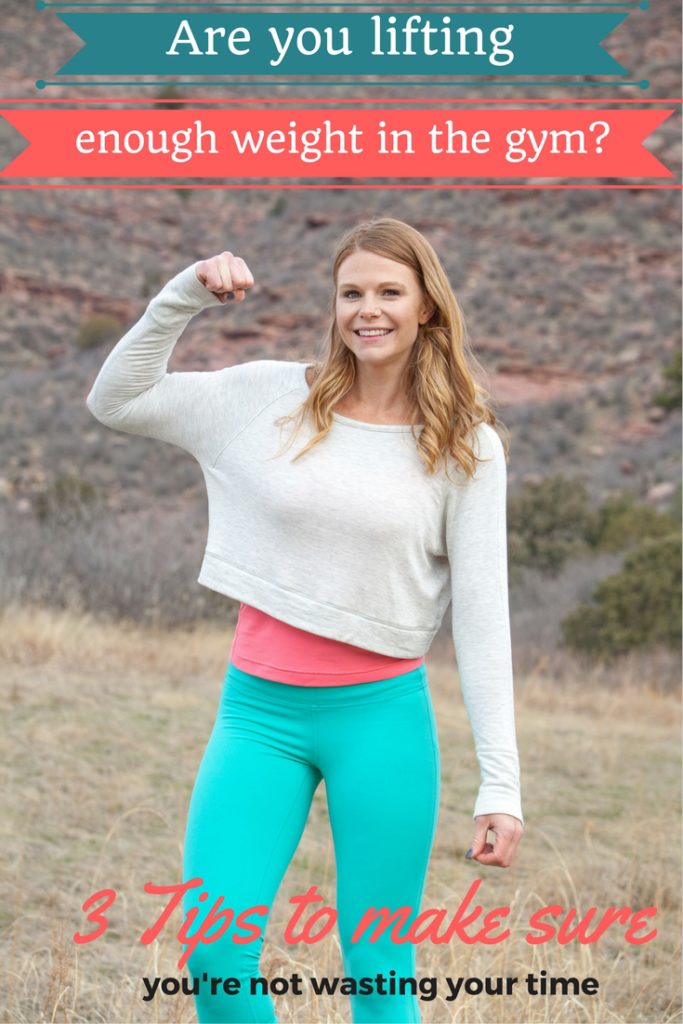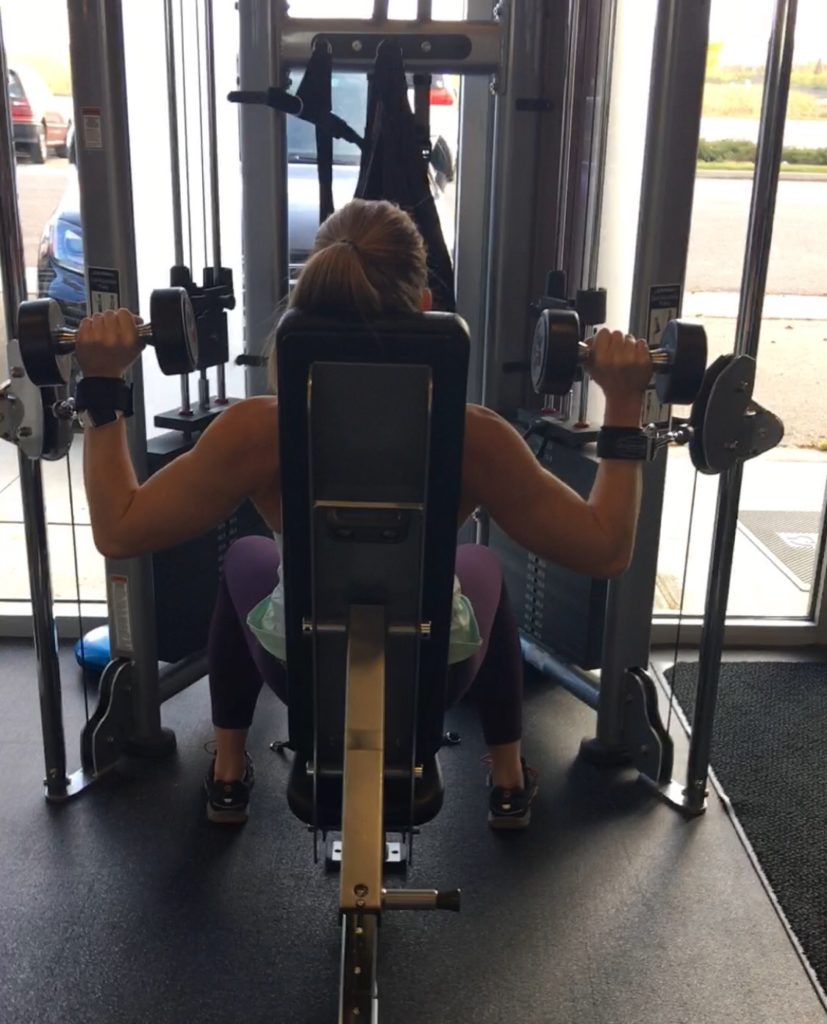Some thoughts and discussions from me.

Good morning and happy Friday!
Today, I want to talk a bit about one of the most common questions I get in week 1 of running a new online boot camps.
“How much weight should we be lifting for each exercise?”
The short answer is — it depends (surprise, surprise.)
in the video below, I tell you the long answer, including:
- what you need to think about before increasing your weight
- why you would want to increase your weight
- how much weight you should be lifting
Are you lifting enough weight in the gym? or are you wasting your time?
First, let’s get science-y
First, I’m assuming that if you’ve continued reading, you’re either:
a) looking for physical results from your training in the gym. Maybe you’re in the gym and lifting weights in order to achieve a leaner physique, losing body fat while keeping, or increasing, that muscle “tone”; or
b) maybe you’re looking to add size to certain muscle groups. If you have one of those goals, the info below will apply to you.
Essentially you’re looking to build the muscle fiber, either in diameter or length in order to maintain or increase that lean body mass.
(Side note: for today, I’m going to leave nutrition out of the discussion, even though that has a lot to do with it. We’re going to put that aside and focus on just the lifting component.)
So looking at this scientifically, you need to split the myofibrils in the muscle, and in order to do that, you need to apply the proper stress to the muscle tissue.
Muscle Tissue Stress
In order to build muscle, you need to produce tension on the muscle — you need to increase the amount of force that a muscle can exert.

Another way to do that is through the muscle pump, which is called transient hypertrophy. Transient hypertrophy is training for the pump, trying to get more blood into the working muscle. You’ll see this when you’re working out and notice that after doing bicep curls, your biceps look huge for 30 minutes after your workout.
Applying damage to the muscle tissue itself is a third way to build muscle — breaking down that muscle tissue and getting those microscopic tears in the tissue. These are all ways to build muscle.
So how much weight should you be lifting in your workouts?
Proper execution
Before we jump into how much weight you should be lifting in your workouts, first we need to talk about proper execution, because that is the most important component, hands down.
Your body does not know the difference between lifting a 10 lb. dumbbell or a 20 lb. dumbbell, it just knows it feels different.
The difference there is proper execution, which is feeling the work in the correct muscle — feeling it where you’re supposed to be feeling it.

If you’re doing some overhead presses, and you’re knocking them out and all you care about is increasing your weight, you might not even be targeting your anterior and medial delts — maybe you’re using primarily upper traps, which is typically no bueno.
Proper execution, or proper form, is really slowing the movement down when you need to and utilizing the tempo you need to in order to feel the movement in the correct muscle.
Weight selection
Now that we all have perfect form and our execution is on point, let’s talk about weight selection.
Weight selection, first, completely depends on your programming. Whether it’s periodized for strength, for endurance, for hypertrophy, or for metabolic training, or what not, is dependent on your goals and training.
However, regardless of your periodization or training format, in general (and this is extremely general, because there are exceptions) you want your last two reps to feel very tough. You want to eek them out with good form — the good form is key. You want the last two reps to be very hard, while still executing proper form.
I like to tell my clients, “I want to see smoke!” If you finish a set of reps and you think, “Well, that was all right, I probably could have done 5 more,” then you either need to go back to proper execution, slow it down and focus on the muscle that’s doing the work, or increase the weight.

Hopefully that gives you some insight on how much weight you should be lifting in the gym, and also a couple pointers to look at before weight. People focus on weight so much, and you really want to make sure you’re in the range of motion you’re supposed to be in, you want to slow it down and feel it in the correct muscle, and you want to feel it where you’re supposed to feel it.
The next time you’re in the gym, wondering if you’re lifting enough weight, ask yourself these two questions:
1) Am I truly feeling the work in the correct muscles?
2) Do those last 2 – 3 reps feel really hard, while still having good form?
Answer those to questions, and you’ll know whether or not you’re lifting enough weight. Of course, there are many other factors that go into getting results through lifting and programming — like following a training program in the first place — but I hope this gives you some insight into why and how weight selection plays a part.
I hope you found this useful and valuable! If you do, please share this post with a friend who you think would also find it useful.
I would also very much appreciate if you left a comment below and let me know what you’d like to hear me talk about next, I’m always looking for topics people are interested in!
Have a great weekend! XO
Paige


